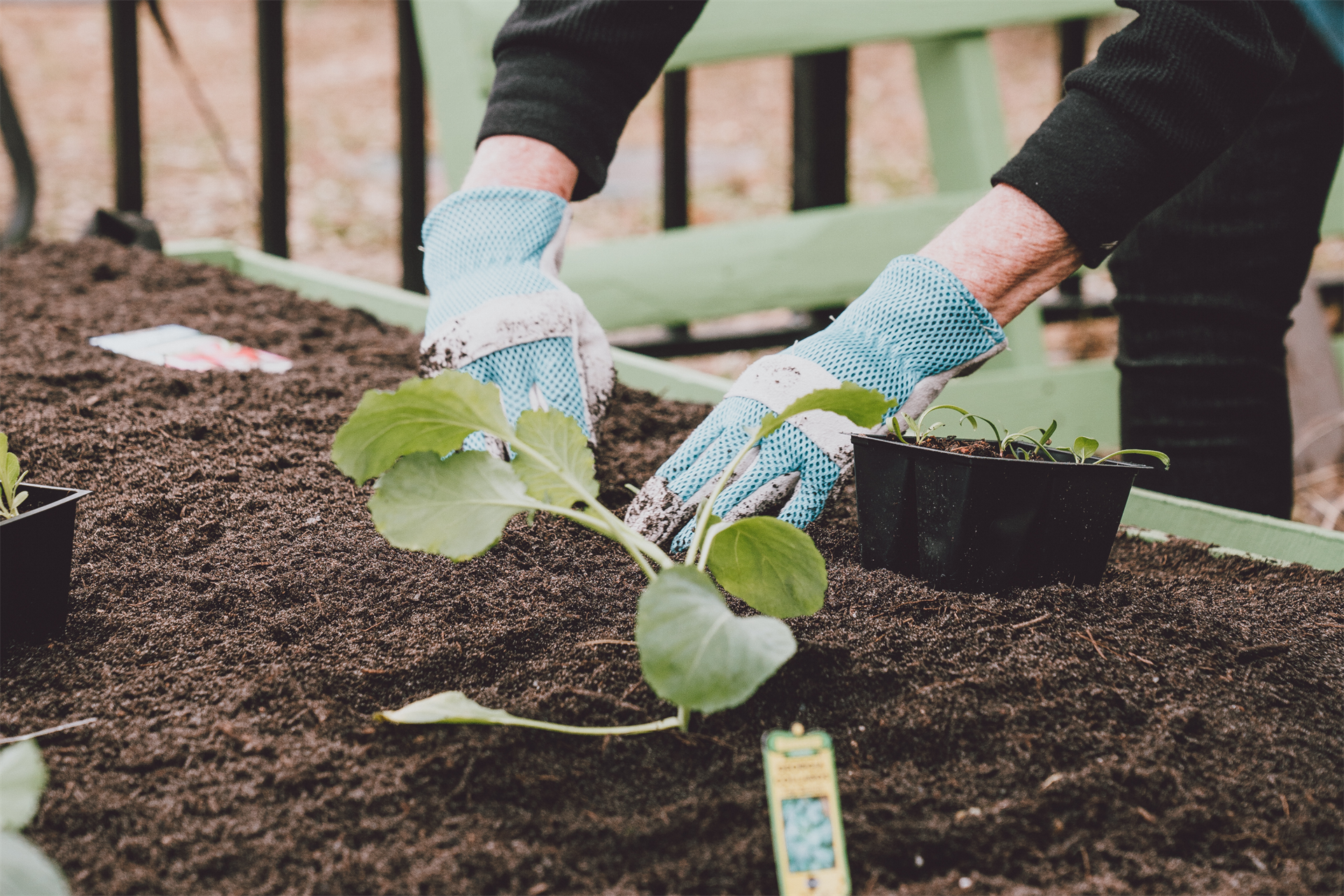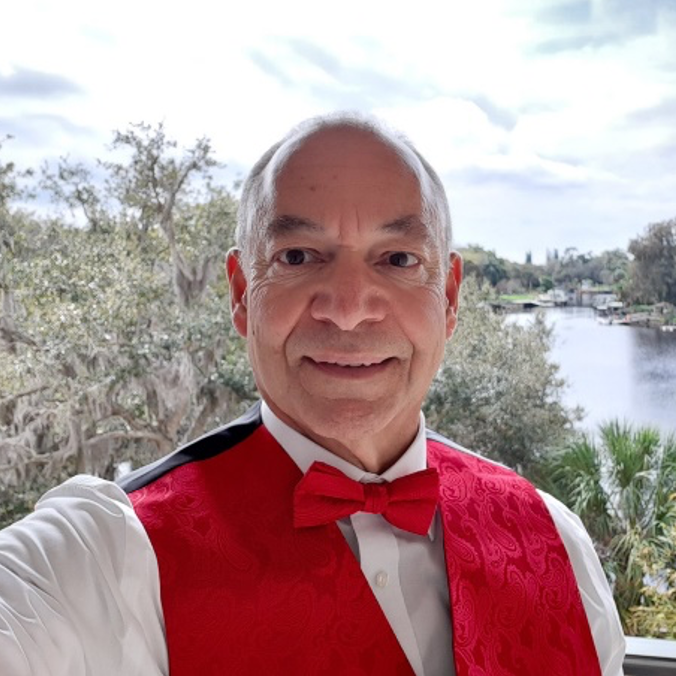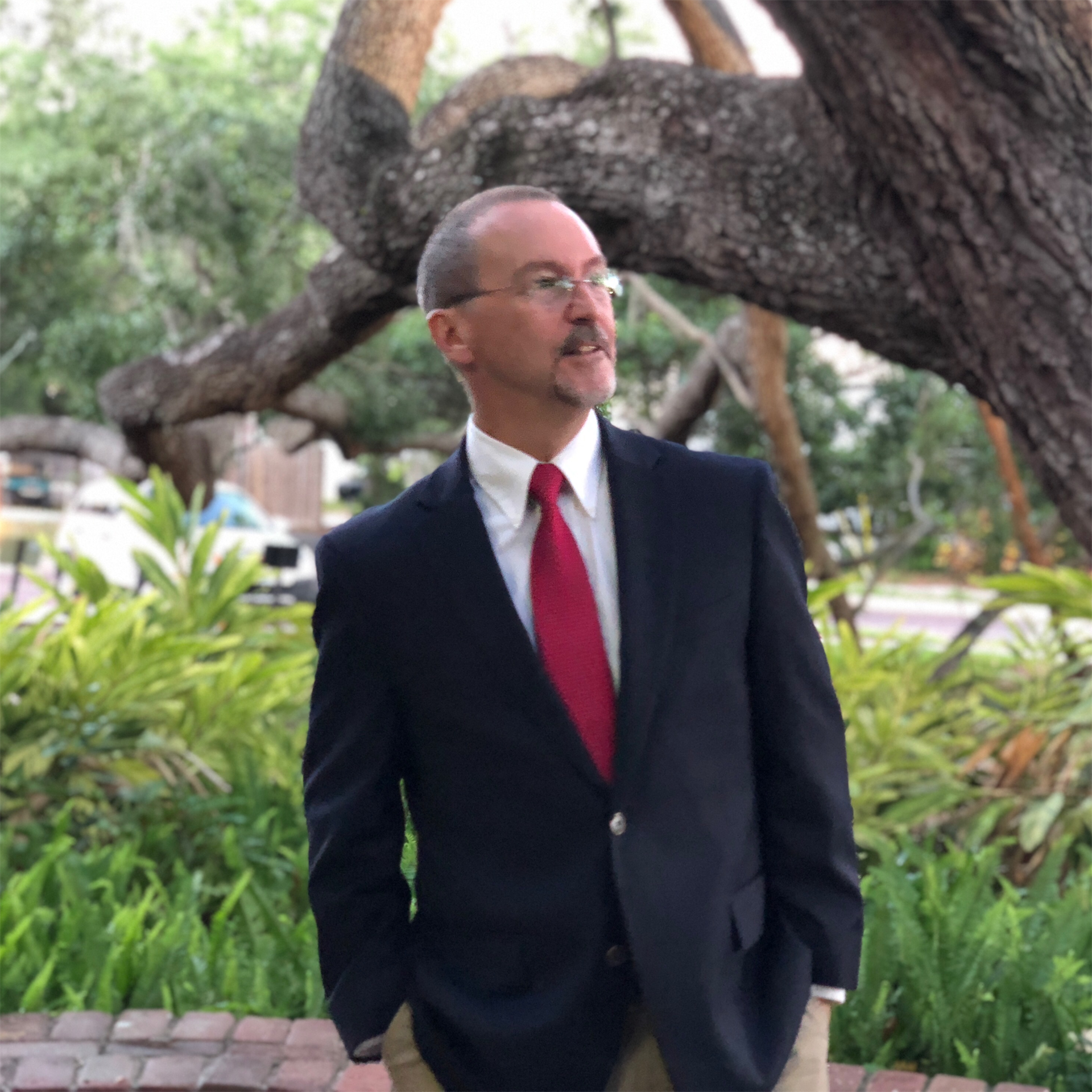
Follow Up: July Florida Food Forum
Urban Planning and the Florida Food System
If you were unable to attend the meeting, the full presentation is available to watch online here.
To keep the conversation going, please visit our forum on Urban Planning and the Florida Food System here to add your thoughts and comments.
On July 31st, the July Florida Food Forum on Urban Planning and the Florida Food System featured guest speakers: Earl Hahn, Development Department Director of the City of New Port Richey and Mark R. Hafen, Director of the Master of Urban & Regional Planning (MURP) program at the University of South Florida in Tampa.
“This is a topic that is often overlooked and misunderstood by growers, activists, marketers and business startups. Yet it is one of the most important areas of consideration for folks working in the food system,” Dell deChant, Chair of the Policy Committee and Host of the forum, noted at the start of the program. “Urban planning is a topic that is ignored at our peril. If we are going to know about the Florida Food System, a critical part of that is planning, and especially urban planning.”
The first presenter was Mark Hafen, whose presentation explained the role that urban and regional planning plays in promoting and supporting sustainable food systems.
“What we refer to as agricultural lands, mining, and forestry, is working landscapes as opposed to urban and natural landscapes. And the role of the urban planner is really to balance all three of these.”
As a rapidly growing state, Mark highlights Florida's particularly difficult task. With an influx of people moving in, there’s a lot of pressure on non-urban land for development. Competition for wetlands and upland scrub and other critical ecosystems both by agriculture and developers is critical.
“We have a significant amount of high-quality agricultural land in the state, and some of it is really being threatened by development,” he said.
As urban planners working with agriculture, one of the first things to look at is inventory and status. Showing a graph from a 2012 Census of Agriculture that illustrates the types of farms in Florida, Mark points out how a large percentage of farms are devoted to livestock and horses.
From the USDA 2017 Census Agriculture, 29% of Florida Farm Land Use is used for crops while 37% is used for pasture, “So, our farmland is really critical for both animal husbandry, as well as for our growing crops,” he said.
Mark goes on to describe the five main challenges to agriculture: 1. Profitability, 2. Sustainable management of farming operations, 3. Passing the farm/ranch onto the next generation, 4. Resisting the temptation to sell land for development, and 5. Protection of farmland from conflicting land uses and conversion to nonfarm development.
To address these issues, urban planners are able to use tools such as: zoning, establishing agricultural districts, urban growth boundaries, subdivision and land development regulations and preferential property taxation.
Other ways that planners can navigate challenges include: right-to-farm laws and policies that reduce conflicts between farmers and non-farmers, the Land Evaluation and Site Assessment system (LESA) of the National Resources Conservation Service which rates the quality of farmland to allow development in low quality lands and protect high quality lands from development, Purchase of Development Rights (PDR) which results in the retirement of development potential, and Transfer of Development Rights (TDR) which moves development potential from one parcel of land to another.
What about urban agriculture?
Mark explains that issues with conflicting land uses are quite prevalent. Although there are opportunities to utilize vacant land and brownfields, which are often in low-income, food desert neighborhoods, for some cities the opportunity to make money through development may take priority.
“That is kind of a serious problem because they will allow the urban gardens, but they won’t provide long-term access to this. In other words, they won’t give long-term leases to the people that are planting the gardens. So, as a result, that doesn’t encourage urban gardening. So, for it to be sustainable for urban agriculture, you’ve got to have some sort of long-term land use for urban agriculture that is guaranteed.”
To conclude his presentation, Mark had the following suggestions about what people can do, “Find your closest community garden. Get involved. And go play in the dirt!”
The second presenter, Earl Hahn, continued the forum by talking about Urban Planning from a wider perspective.
Earl began by giving a brief history of agriculture in North American cities and the progression of urban farms over time.
“As cities industrialized in the 19th century and large-scale farming of grain and meat came to dominate the North American interior, the metropolitan geography of agriculture shifted,” said Earl. “At the same time, the expansion of public markets reduced the need for city dwellers to grow their own food. By the late 19th century though some farms still remained in cities, urban agriculture was becoming less a necessity and more a form of private recreation a well as a resource for charity.”
In the 20th century, professional planners began to see more intensive agricultural uses “such as animal production and meat processing as threats to public health and safety, and they used the new tool of zoning to move such facilities out of central cities.”
With concern for ensuring safe and adequate food supplies, producing reports on regional production transportation, and wholesale markets, planners developed what is now known as metropolitan “foodsheds.”
“In the United States, food products travel an average of 1,300 miles, and so most of our current foodsheds are considered global. So what we need to be focusing on is producing the local foodshed, which may be defined as one where food is consumed within 100 miles of where it’s produced,” noted Earl.
In the early 20th century, how the “Victory Gardens (aka) War Gardens,” which the U.S. government advocated for in response to food shortages during World Wars I and II, and “Depression Gardens,” which were similarly advocated programs during the Great Depression in the 1930s, were the largest-scale urban agriculture initiatives in the United States to date.
“In 1943, more than 20 million gardens sprouted on private and public lands, producing an estimated 9 to 10 million tons of fruits and vegetables,” Earl said.
Jumping to how the current grassroots-driven urban agriculture movement took shape in the 1970s, Earl noted that community gardens were responses to deindustrialization, depopulation, increases in acreage of vacant land, and the failures of urban renewal but also to immigration.
Government and nonprofit programs also helped to institutionalize the community gardening movement. “Between 1977 and 1996, the USDA started an urban gardens program in which agricultural extension agents across the country supported city residents with developing and sustaining gardens, providing seeds and technical advice.”
How do planners and local government staff have influence over essential resources?
Earl explained that in fact, planners have considerable influence over the development of production, processing, distribution and transportation infrastructure, consumer demand, and viable markets through public policies and programs.
Yet, with urban agriculture comes some possible risks. These may include potential health and environmental risks, as well as cause land-use conflicts. Thus, planners have five strategic points of intervention: 1. Long-range community visioning and goal setting, 2. Plan-making actions, 3. Standards, policies and incentives to achieve desired plan goals, 4. Influencing the outcomes of development projects, and 5. Influencing the execution of public investment decisions.
Ideally, the starting point for urban agriculture planning is the initiation of a community engagement process through which planners identify how urban agriculture contributes to the social, economic, and environmental goals of a community. Although there are a number of ways to do this, Earl highlights Food Policy Councils as one of the most effective ways to facilitate public planning actions.
Other ways to help build the capacity of local growers or strengthen the infrastructure necessary for widespread, sustainable urban food production include: community garden programs, demonstration farms, municipal composting, education and technical assistance for growers, job training, grants, and direct-sale programs.
With increased population growth, Earl touched on some concerns and possible solutions related to the loss of agricultural lands through methodology change, Community Planning Act amendments, acquisition of agricultural land forever funds for local governments, and creation of state and local land disposition policies.
After two remarkably educational presentations, an even richer question and answer session followed.
Guest Presenter Information:
 Bio: Earl Rafael Hahn is a Dominican born dual citizen who has lived his entire adult life in Florida. He has a Bachelor of Arts from the University of Florida and a Master of Science in Planning and a Juris Doctor from the Florida State University. He has been a member of the American Planning Association since 1982 and a member of the American Institute of Certified Planners and the Florida Bar for almost 30 years. Mr. Hahn has worked for both Chambers of the Florida Legislature and briefly for the Office of the General Council for the Florida Department of Environmental Protection. Since December 2019, he has been employed by the City of New Port Richey as its Development Department Director, where he is in charge of the planning and zoning functions, and supervising the building and slum and blight functions.
Bio: Earl Rafael Hahn is a Dominican born dual citizen who has lived his entire adult life in Florida. He has a Bachelor of Arts from the University of Florida and a Master of Science in Planning and a Juris Doctor from the Florida State University. He has been a member of the American Planning Association since 1982 and a member of the American Institute of Certified Planners and the Florida Bar for almost 30 years. Mr. Hahn has worked for both Chambers of the Florida Legislature and briefly for the Office of the General Council for the Florida Department of Environmental Protection. Since December 2019, he has been employed by the City of New Port Richey as its Development Department Director, where he is in charge of the planning and zoning functions, and supervising the building and slum and blight functions.
 Bio: Mark R. Hafen is a Master Instructor in the School of Public Affairs at the University of South Florida in Tampa, where he serves as Director of the Master of Urban & Regional Planning (MURP) program. His teaching, research, and service focus on climate change impacts and adaptation, and urban environmental policy and planning. He holds a B.S. in Business Logistics from Penn State University, as well as an M.A. in Geography and a Ph.D. in Marine Science (Geology), both from USF. He has professional experience in land use planning, and has lived in the Tampa Bay region since 1986. He has co-authored a book (with A.C. Hine, D.P. Chambers, T.D. Clayton, and G.T. Mitchum), Sea Level Rise in Florida: Science, Impacts and Options (2016, University Press of Florida), and actively serves as a member of the Tampa Bay Climate Science Advisory Panel, the USF Urban Food Sovereignty Workgroup, and the USF Center for Brownfields Research and Redevelopment.
Bio: Mark R. Hafen is a Master Instructor in the School of Public Affairs at the University of South Florida in Tampa, where he serves as Director of the Master of Urban & Regional Planning (MURP) program. His teaching, research, and service focus on climate change impacts and adaptation, and urban environmental policy and planning. He holds a B.S. in Business Logistics from Penn State University, as well as an M.A. in Geography and a Ph.D. in Marine Science (Geology), both from USF. He has professional experience in land use planning, and has lived in the Tampa Bay region since 1986. He has co-authored a book (with A.C. Hine, D.P. Chambers, T.D. Clayton, and G.T. Mitchum), Sea Level Rise in Florida: Science, Impacts and Options (2016, University Press of Florida), and actively serves as a member of the Tampa Bay Climate Science Advisory Panel, the USF Urban Food Sovereignty Workgroup, and the USF Center for Brownfields Research and Redevelopment.
Forum Host: Dell deChant is the Associate Chair of the Religious Studies Department at the University of South Florida and a member of the Board of Directors at the Florida Food Policy Council.
The Florida Food Forum is a free event. To support our work, please consider becoming a member or making a donation. For questions or more information, contact us at: info@flfpc.org
Disclaimer: The views of the presenters do not represent the views of the Florida Food Policy Council. We are a forum for the offering and sharing of information and encourage diversity and communication within the food system.